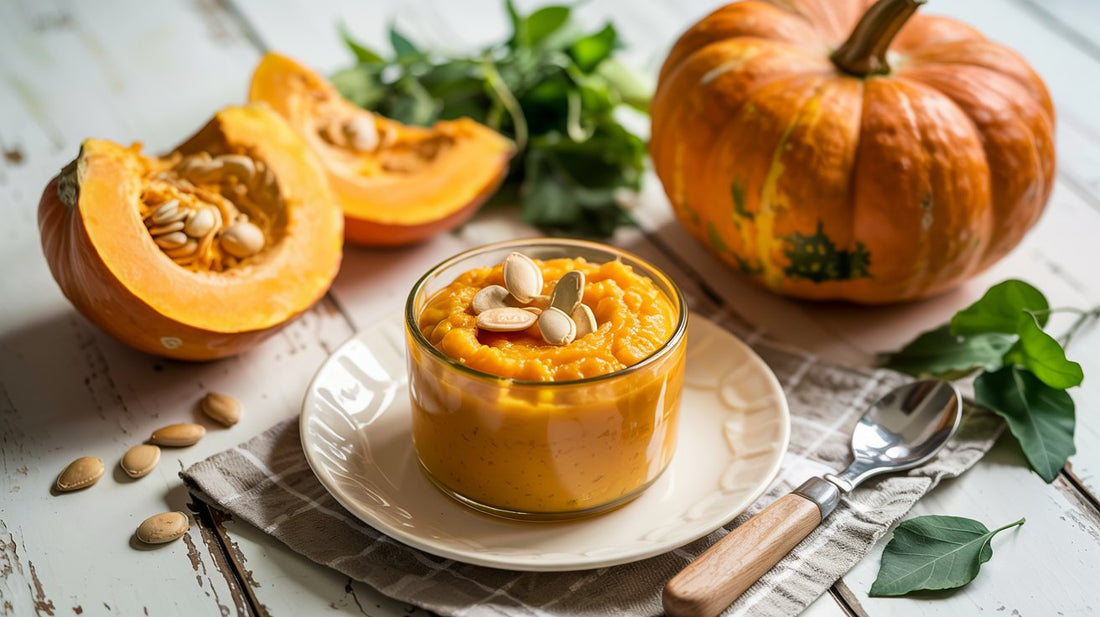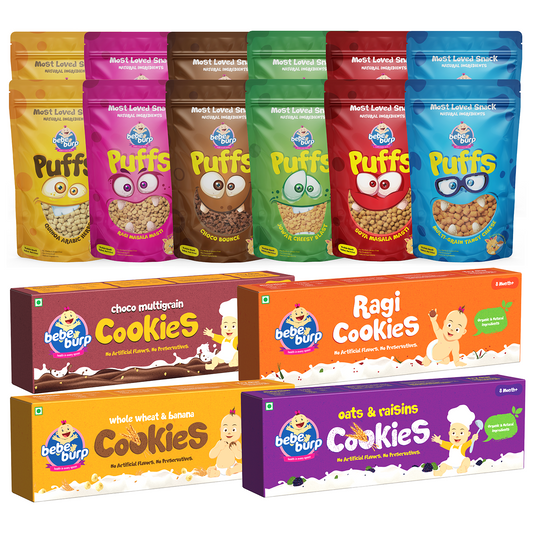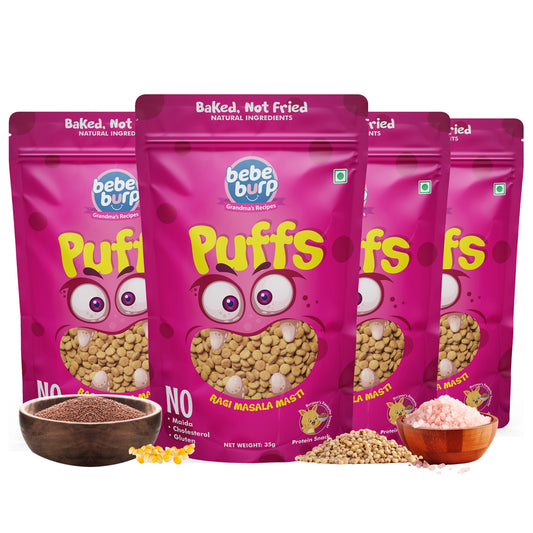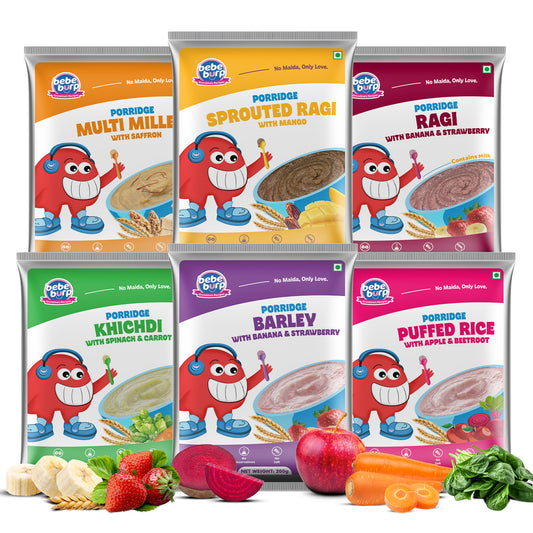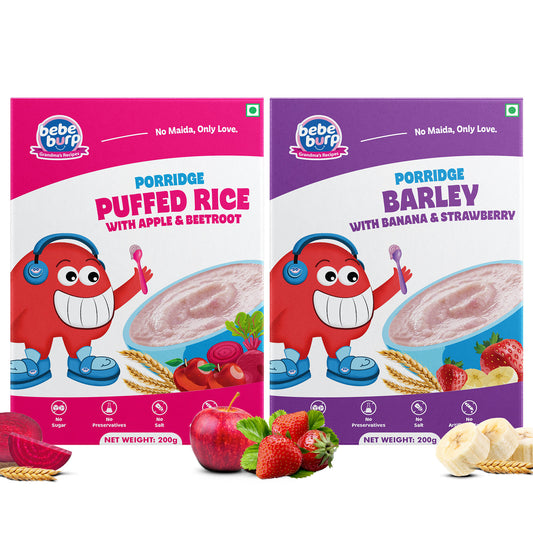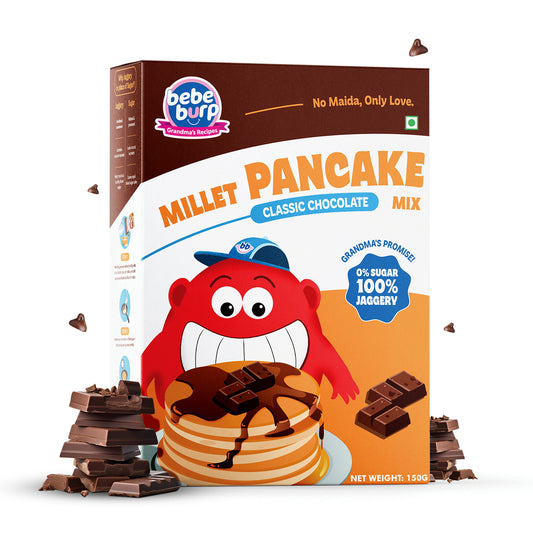Are you considering introducing pumpkin into your baby's diet? From when to start giving them pumpkin to how to make it safe and tasty, this pumpkin-baby guide tells you everything you need to know. Rich in important minerals, including vitamin A, fibre, and antioxidants, pumpkin for babies is a light and healthy first food that aids digestion and newborn growth.
When Can Babies Eat Pumpkins? A Parent's Guide to Introduction

Once they start eating food, most pediatricians recommend introducing pumpkin to babies around the age of six months.
Six Months: Why? This is the time when your baby's digestive system is developed enough for vegetables like pumpkin.
It is less likely to cause allergies, is mild and is easy to digest.
Precautions:
- Start always with a little quantity.
- For novices, keep to pureed or mashed forms.
- Look for any symptoms of allergies; although pumpkin allergy is rare!
Is Pumpkin Good for Babies? Nutritional Benefits Explained

Here's why pumpkin ought to be on your baby's menu:
Rich in vitamin A (from beta-carotene) - this helps brain development and good vision.
Here’s why pumpkin deserves a spot on your baby’s plate:
- High in fiber- helps avoid constipation—we adore a happy gut!
- Immune-boosting – powered by vitamins C & E and rich antioxidants.
- Hydrating – almost 90% of it is water.
- Naturally sweet – this makes it a newborn favourite from the first bite.
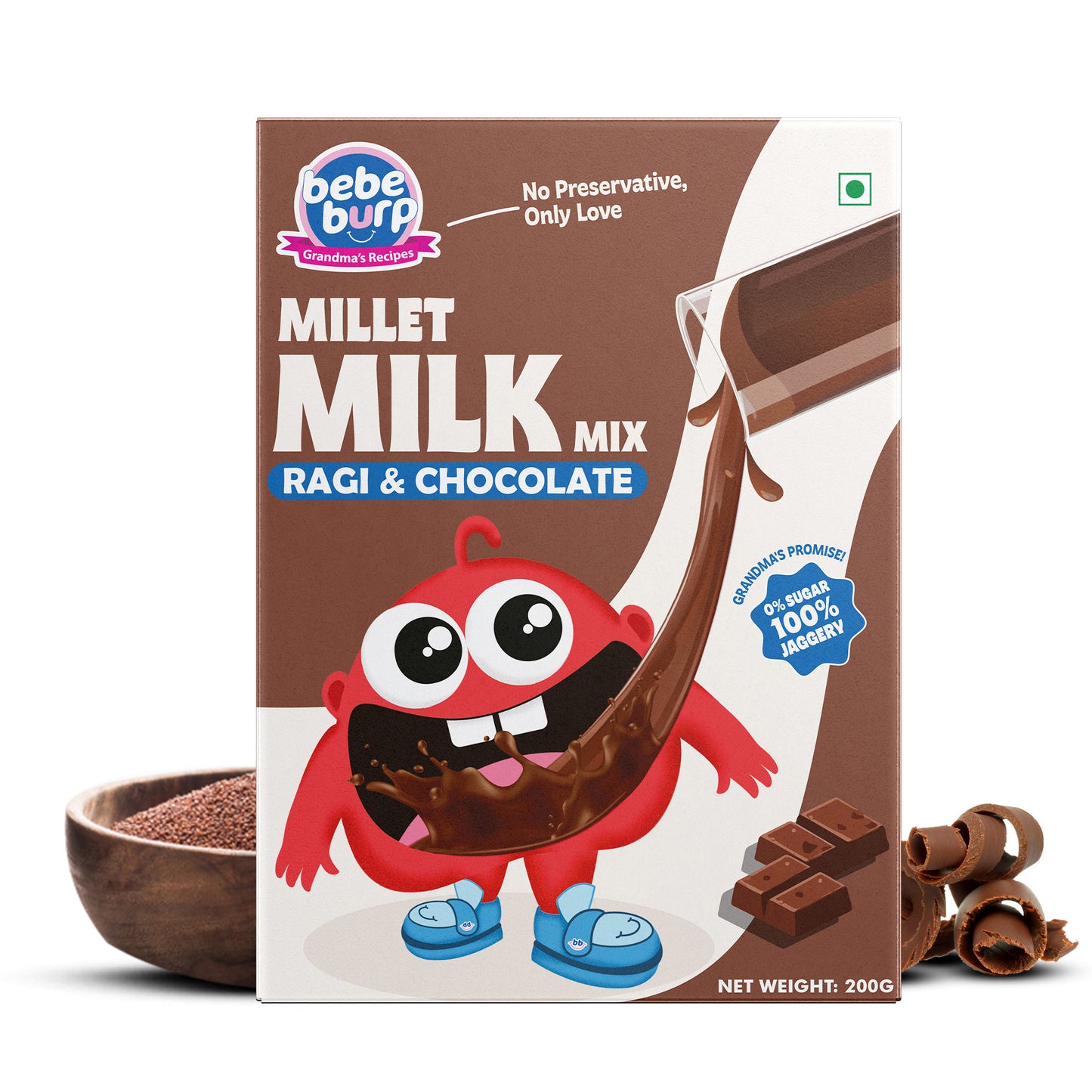
Millet Milk Mix – 200g
Ragi, jowar & bajra in a chocolaty blend with 6g protein per serve. With DHA & jaggery – for strong bones & smart minds!
₹349
Buy NowA Little Pumpkin History

- Native Americans first grew pumpkins for food, medicine, and ceremonies in North and Central America 9,000 years ago.
- European explorers brought them to Europe in the fifteenth and sixteenth centuries. The Greek "pepon" is the basis of the word "pumpkin."
- Native Americans made early forms of pumpkin pie and used every part of the plant. Pumpkins came to represent fertility and abundance.
- Irish immigrants who used pumpkins instead of potatoes or turnips started the jack-o-lantern tradition.
- Today, there are about 450 different types of pumpkins available worldwide.
Best Pumpkin for Baby Food: Varieties to Consider

Not every pumpkin is the same, especially when it comes to feeding your little one. Here are some types that are good for babies:
- Sugar pumpkin, also called pie pumpkin, is small, sweet, and great for making purees.
- Butternut squash, which isn't a pumpkin but looks a lot like one: Feels smooth and is only slightly sweet.
- Kabocha Pumpkin: It's dense, smooth, and tastes great
- Indian pumpkin, or Desi Kaddu, softens up nicely when cooked and is often used in Indian baby food.
Avoid large carving pumpkins — they’re watery and not as tasty.
Can a Baby Eat Pumpkin every day? What Parents Should Know
Feeding pumpkin regularly, even daily, is safe, provided it is part of a varied diet. Variety = balanced nutrition!
But:
- Please don't overfeed it, especially in the first year.
- Feed other veggies like carrots, sweet potatoes, spinach etc.
- If the baby is constipated, pumpkin can help - but eating too much pumpkin can have the opposite effect (fiber overload!).
How to Prepare Pumpkin for Baby: Step-by-Step Guide

Here’s how to turn that big orange veggie into baby-approved bites:
-
Wash and peel the pumpkin.
-
Cut into cubes (remove seeds).
-
Steam or boil until soft (about 10-15 minutes).
-
Mash or puree using a spoon, fork, blender, or food processor.
-
Add breast milk, formula, or water to adjust consistency for beginners.
Optional: Add a tiny pinch of cumin or cinnamon for flavor (after 8 months).
How to Introduce Pumpkin Age-Wise
Here’s a quick baby-feeding roadmap:
6–8 Months
-
Plain pumpkin puree
-
Mix with rice water, dal water, or breast milk
9–12 Months
-
Mashed pumpkin with ghee or butter
- Pumpkin khichdi or pancakes
12+ Months
-
Pumpkin paratha, curry, or even muffins
- Add to soups or pasta
5 Easy Pumpkin Baby Food Recipes for Different Stages
These are mom-tested, baby-approved:
1. Basic Pumpkin Puree
-
Steam ½ cup pumpkin cubes
-
Blend until smooth
-
Add water or milk to the desired texture
2. Pumpkin & Apple Mash
-
Steam equal parts pumpkin and apple
-
Mash together with a fork
-
Add a pinch of cinnamon (8+ months)
3. Pumpkin Khichdi
-
Cook rice + moong dal + pumpkin with a pinch of cumin
-
Mash well and serve warm
4. Pumpkin Pancake (1 year +)
-
Mix mashed pumpkin with whole wheat flour, ghee, and a dash of jaggery
-
Cook small pancakes in a pan
5. Pumpkin Soup (9+ months)
-
Boil pumpkin, onion (optional), and garlic (a tiny bit)
-
Blend and serve warm with a swirl of ghee
Pumpkin vs Sweet Potato: Who Wins?
|
Nutrient |
Pumpkin |
Sweet Potato |
|
Vitamin A |
High |
Very high |
|
Fiber |
Good |
Excellent |
|
Natural Sweetness |
Mild |
Stronger |
|
Texture when cooked |
Smooth |
Slightly fibrous |
|
Best For |
6M+ |
6M+ |
They’re both excellent — rotate them!
Precautions
-
Always check for allergies (do a 3-day wait test).
-
Don’t add sugar or salt under 1 year.
-
Choose fresh pumpkin over canned (no preservatives!).
-
Store leftover puree in the fridge (max 24–48 hours) or freeze in cubes.
FAQs
Q: Could I offer my five-month-old pumpkin?
Ans: Wait until the infant is at least six months old and ready for food.
Q: Can pumpkins bring on allergies?
Ans: Though rare, always do a little patch test with novel meals.
Q: Could I make use of pureed canned pumpkin?
Ans: Although fresh is ideal, a pinch of plain, unsweetened canned pumpkin is good.
Q: How might I keep extra pumpkin?
Ans: Freeze small amounts for later use or refrigerate for one to two days.
Conclusion
Pumpkin is a soft, sweet, and oh-so-nutritious veggie that babies usually love from the first bite.
Whether you’re steaming, pureeing, or turning it into khichdi — this humble veggie brings a powerhouse of vitamins and baby smiles.
So, the next time you spot a pumpkin at the market, grab it and think beyond the Halloween season — it’s baby food gold, mama!

